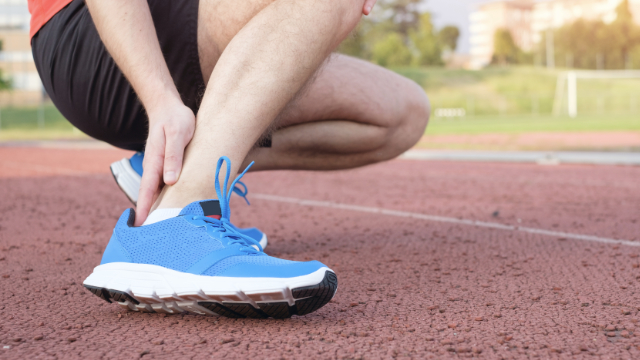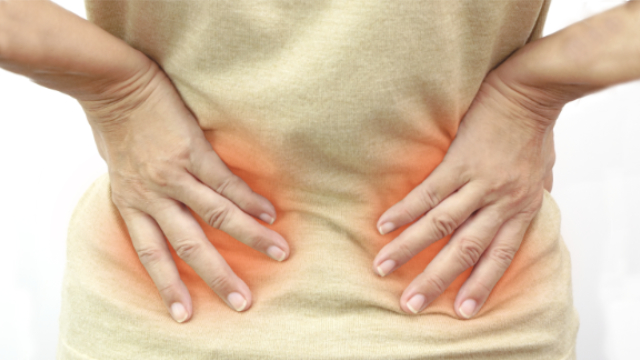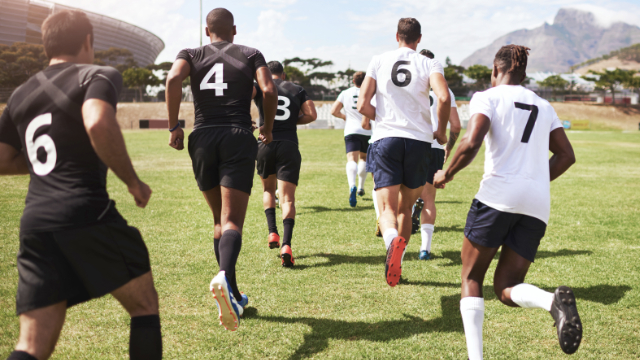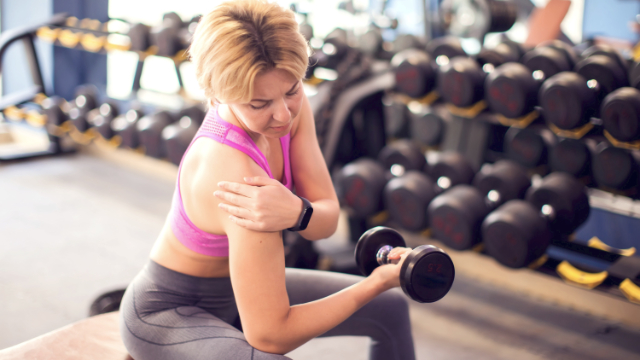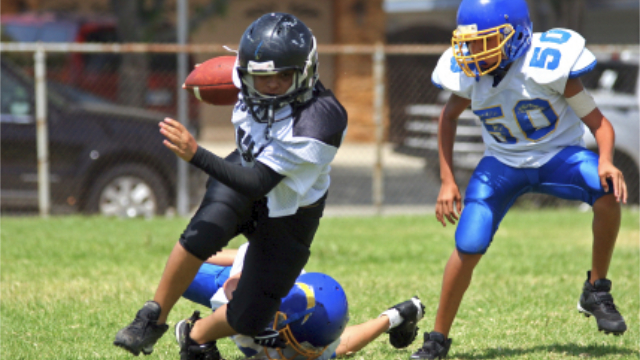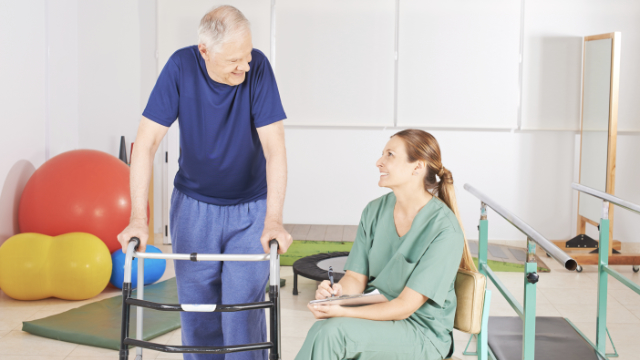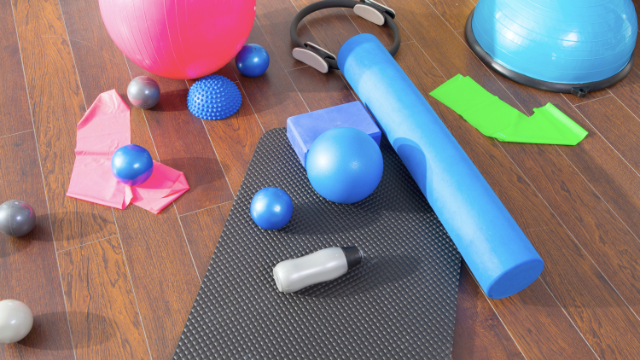
As parents, we strive to keep our children safe and healthy, especially when they engage in physically demanding activities like football. This blog post will explore essential injury prevention strategies for football players at different levels: Pop Warner (8th grade and younger), high school, and collegiate.
We have gathered information from reputable sources such as the Mayo Clinic, Cleveland Clinic, and the National Institutes of Health (NIH) to provide accurate and reliable advice.
Injury Prevention for Pop Warner Football Players:
- Encourage proper warm–up and cool–down routines: Before practices and games, make sure your child engages in dynamic warm–up exercises to increase blood flow and prepare muscles for activity. Afterward, they should perform static stretching to promote muscle recovery.
- Emphasize technique and skill development: Proper tackling, blocking, and falling techniques are crucial to reducing the risk of injuries. Encourage your child to listen to their coaches' instructions and practice these techniques regularly.
- Ensure the use of well–fitted protective equipment: Equip your child with properly fitted helmets, mouthguards, shoulder pads, and other protective gear to minimize the impact of collisions.
- Promote proper hydration: Dehydration can increase the risk of muscle cramps and heat–related illnesses. Ensure your child drinks water before, during, and after practices and games.
- Encourage adequate rest and recovery: Kids need ample rest to allow their bodies to recover from the physical demands of football. Encourage your child to get enough sleep and take rest days when needed.
Injury Prevention for High School Football Players:
- Implement a comprehensive strength and conditioning program: Strength training helps develop strong muscles and joints, reducing the risk of injuries.
- Encourage cross–training and multi–sport participation: Engaging in multiple sports helps develop a broader range of skills and reduces the risk of overuse injuries. Encourage your child to participate in other sports during the offseason.
- Promote proper nutrition: A balanced diet of fruits, vegetables, lean proteins, and whole grains supports optimal performance and injury prevention.
- Focus on injury awareness and reporting: Teach your child to recognize the signs and symptoms of injuries and the importance of reporting them promptly to the coaching staff.
- Promote sportsmanship and fair play: Encourage your child to play the game with respect for opponents and follow the rules, reducing the risk of intentional or reckless injuries.
Injury Prevention for Collegiate Football Players:
- Continuation of proper strength and conditioning program: At the collegiate level, strength and conditioning programs become more rigorous. Working closely with the team's strength & conditions, coaches help athletes build strength, agility, and endurance to withstand the demands of the game.
- Implement sport–specific training programs: Tailoring training programs to football–specific movements and skills further enhances performance and reduces the risk of injuries.
- Emphasize recovery strategies: College athletes face rigorous schedules and physical demands. Promote adequate rest, recovery, and injury management strategies such as ice baths, foam rolling, and stretching. Encourage regular sports medicine evaluations: Regular check–ups with sports medicine professionals can identify potential risk factors and provide guidance for injury prevention and management.
- Prioritize mental health: College football players face academic and athletic pressure. Encourage open communication and provide resources for addressing mental health concerns.
The Role of a Physical Therapist in Football Injury Rehabilitation:
- Individualized treatment plans for a safe return to play.
- Hands–on techniques to reduce pain and promote healing.
- Rehabilitation exercises to improve strength, flexibility, and range of motion.
- Guidance on injury prevention strategies and proper movement mechanics.
Injuries can be a significant concern in football, but the risks can certainly be reduced with the proper preventive measures.
If your child experiences a football–related injury, it's important to seek the guidance of a qualified physical therapist who can provide the necessary expertise for a successful recovery. Remember, the safety and well–being of our young athletes should always be our top priority.
Need More Information or Help with Football Injury Rehabilitation?
If you need more information or assistance with rehabilitating a football injury, we encourage you to seek out the services of our qualified physical therapy team. Our expertise and personalized care can significantly impact your child's recovery and long–term athletic success. Prioritize your child's health and well–being on and off the football field.
References:
- Mayo Clinic: www.mayoclinic.org
- Cleveland Clinic: www.clevelandclinic.org
- National Institutes of Health (NIH): www.nih.gov

